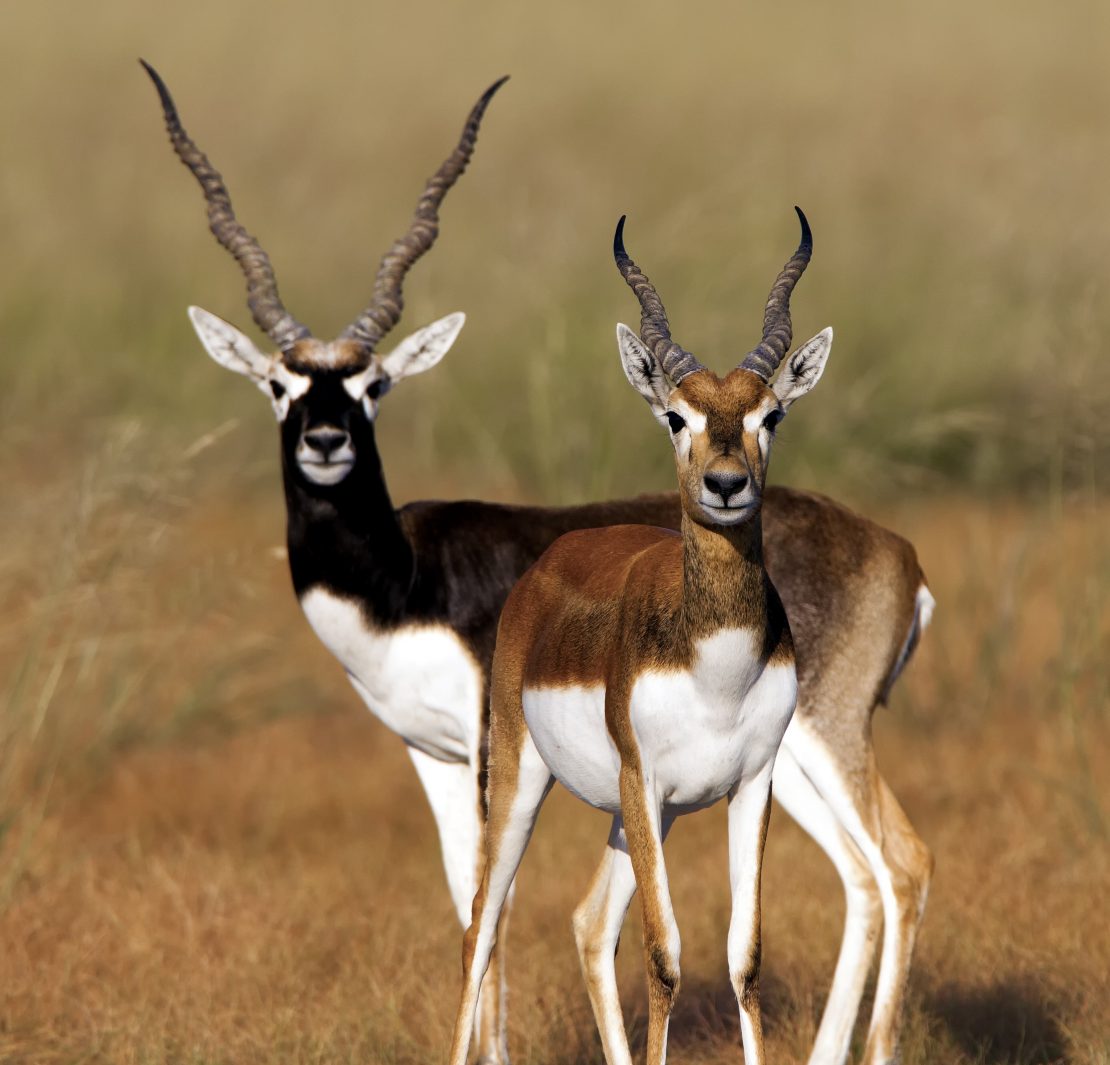According to a major scientific study, the number of animals on Earth has decreased by an average of 69% in less than 50 years as a result of continued logging of forests, unsustainable consumption and industrial-scale pollution.
The WWF and Zoological Society of London’s (ZSL) biennial Living Planet Report finds that the diversity of birds, fish, amphibians and reptiles is in free decline, having decreased on average by more than two-thirds between 1970 and 2018. The percentage was 68% two years ago and 60% four years ago.
Scientists think that humans are to blame for the sixth mass extinction, which is the biggest loss of life on Earth since the dinosaurs. The 89 authors of the report are pleading with world leaders to reach a decisive deal at the COP15 biodiversity meeting in Canada this December and to reduce carbon emissions to keep global warming below 1.5C this decade in order to avert the callous destruction of nature.
Land use change is the most important driver of biodiversity loss across the planet, according to the report. The researchers underscore the increased difficulty animals are having moving through terrestrial landscapes as they are blocked by infrastructure and farmland. Only 37% of rivers longer than 1,000km (600 miles) remain free-flowing along their entire length, while just 10% of the world’s protected areas on land are connected. At a worldwide level, the declines we are witnessing are also caused by habitat loss and fragmentation spurred by the expansion of the global agricultural system into natural habitats.
Future declines are not inevitable, say the authors, who pinpoint the Himalayas, south-east Asia, the east coast of Australia, the Albertine Rift and Eastern Arc mountains in eastern Africa, and the Amazon basin among priority areas.
On a positive note, the International Union for Conservation of Nature (IUCN) is developing a standard to measure the conservation potential of an animal, known as its green status, which will allow researchers to plot a path to recovery for some of the one million species threatened with extinction on Earth. The pink pigeon, burrowing bettong and Sumatran rhino were highlighted as species with good conservation potential in a study last year.




